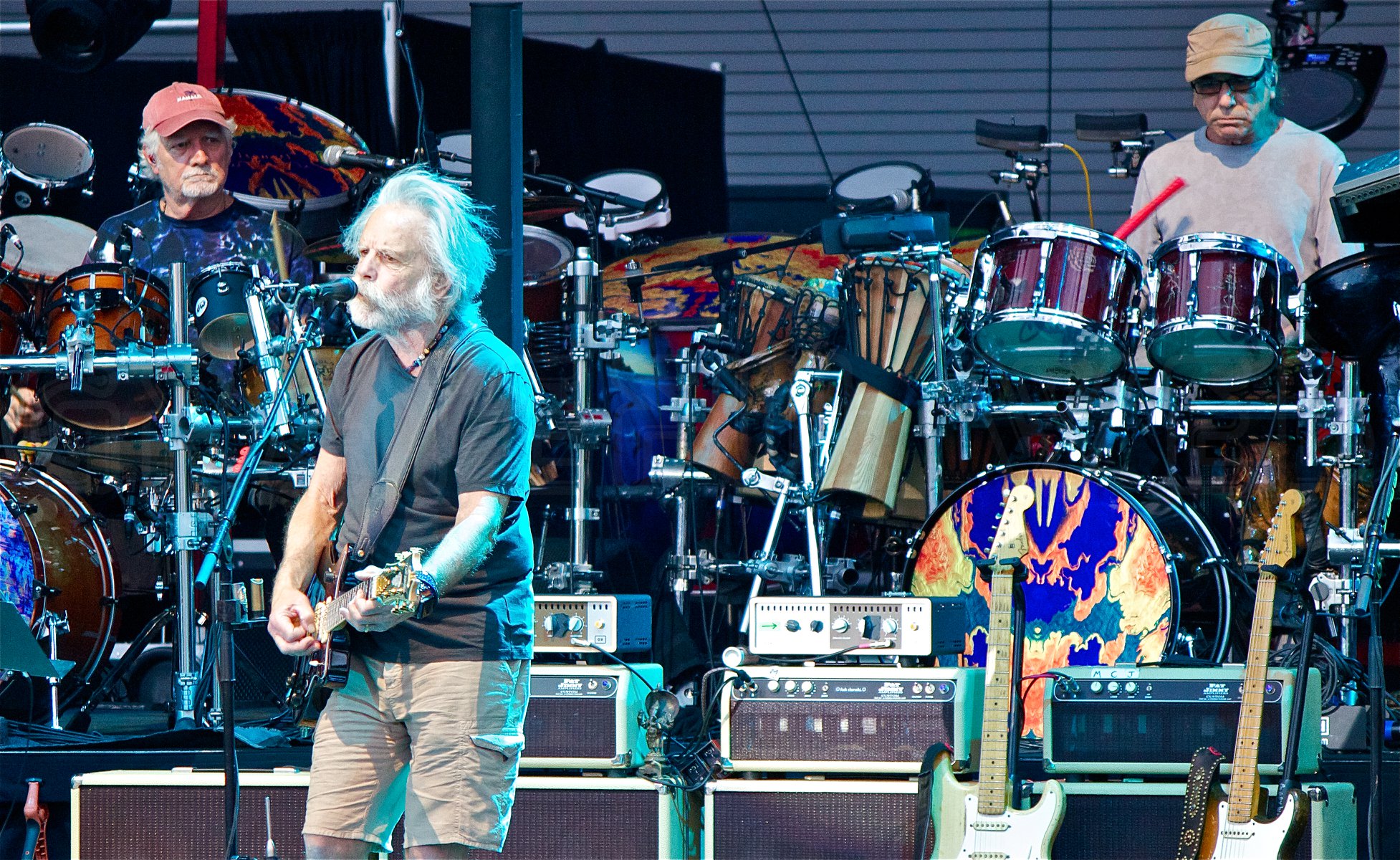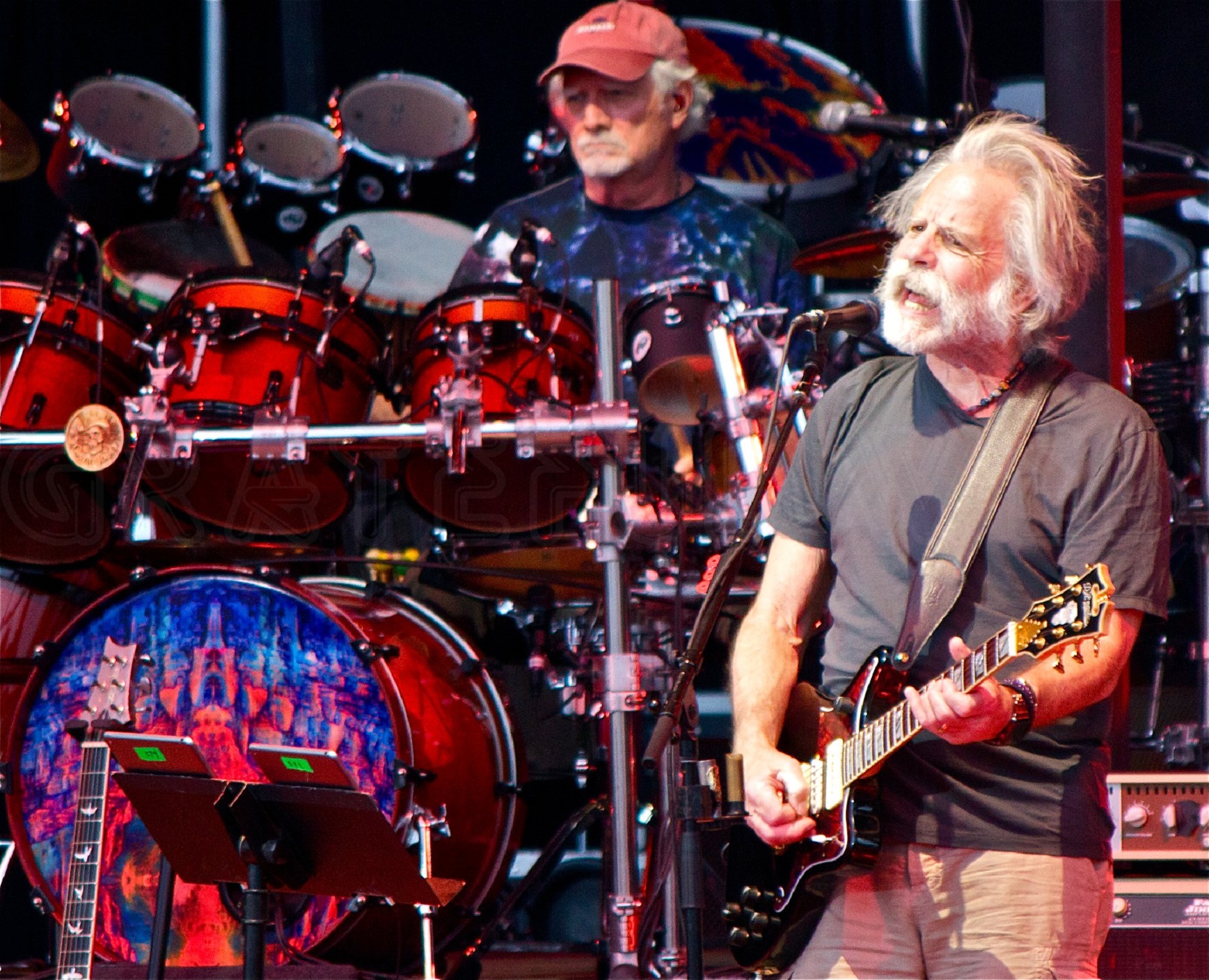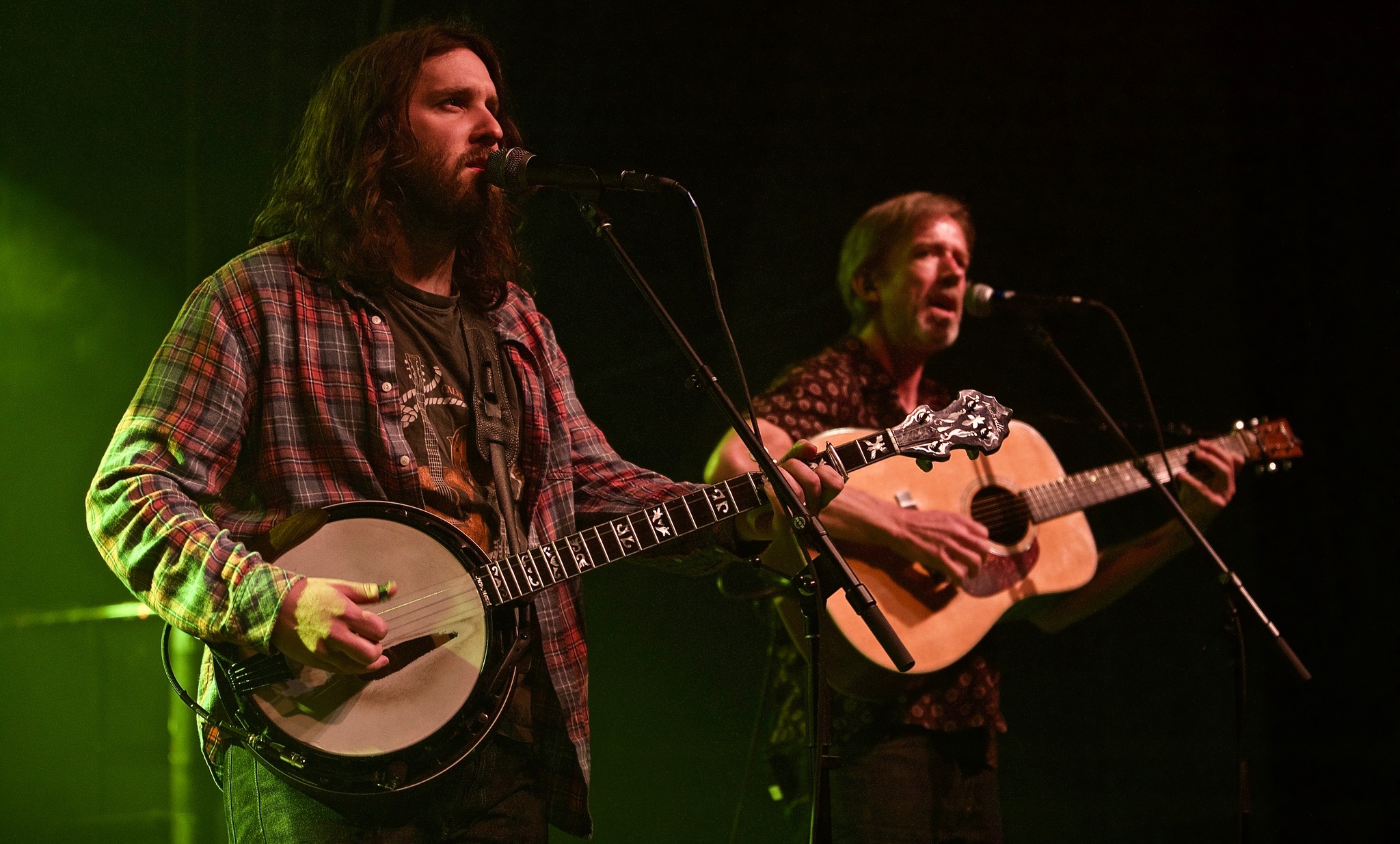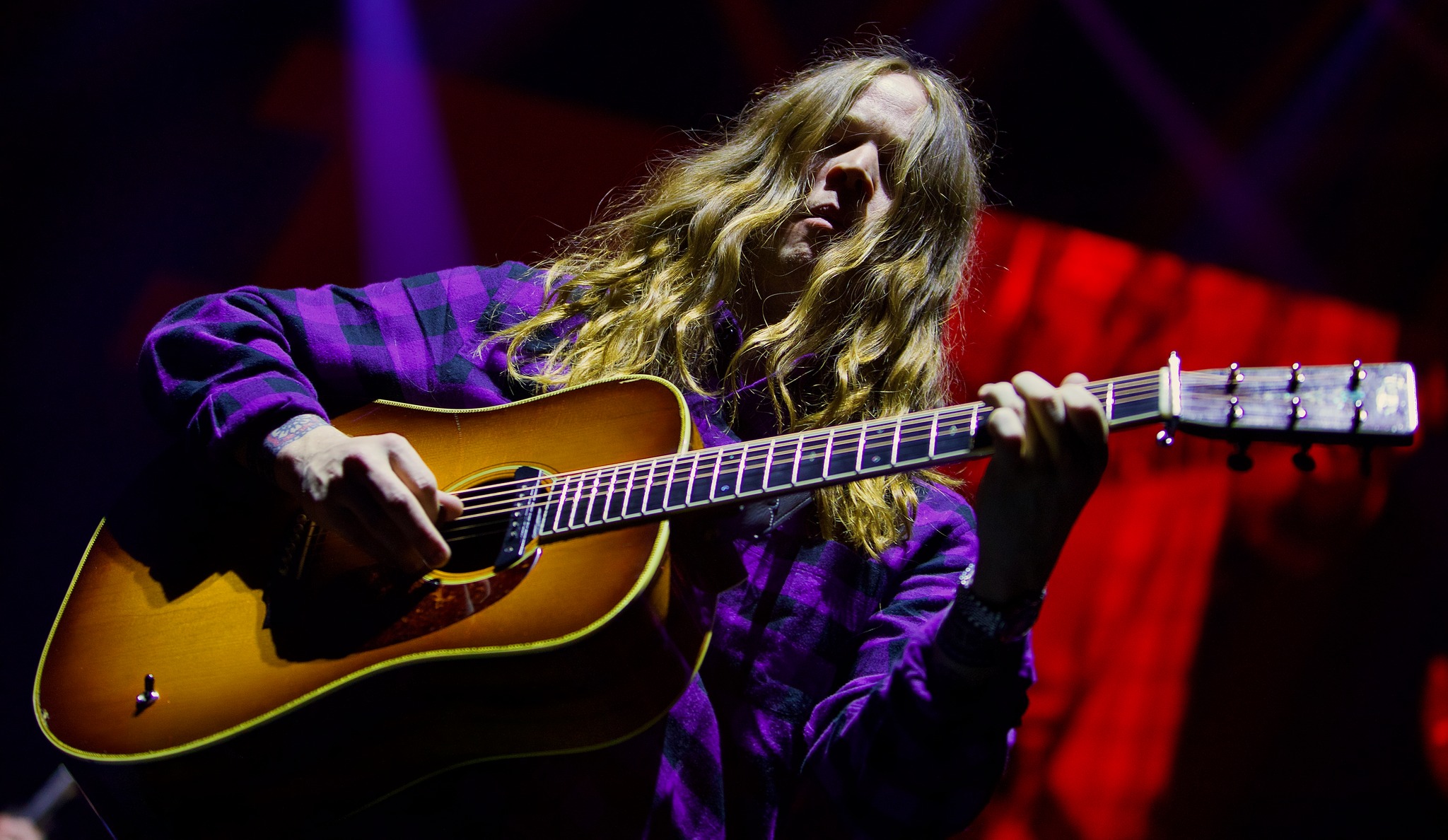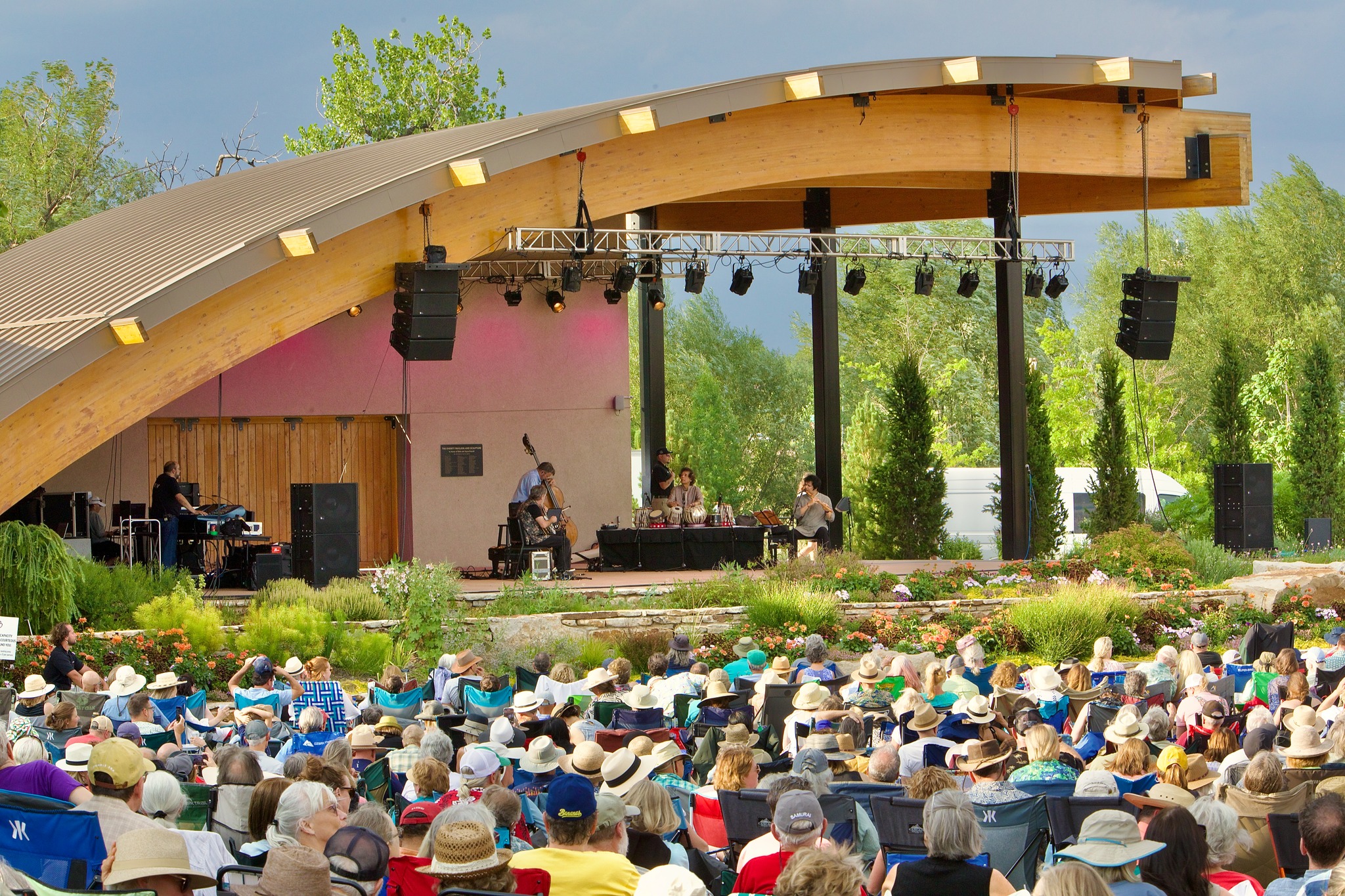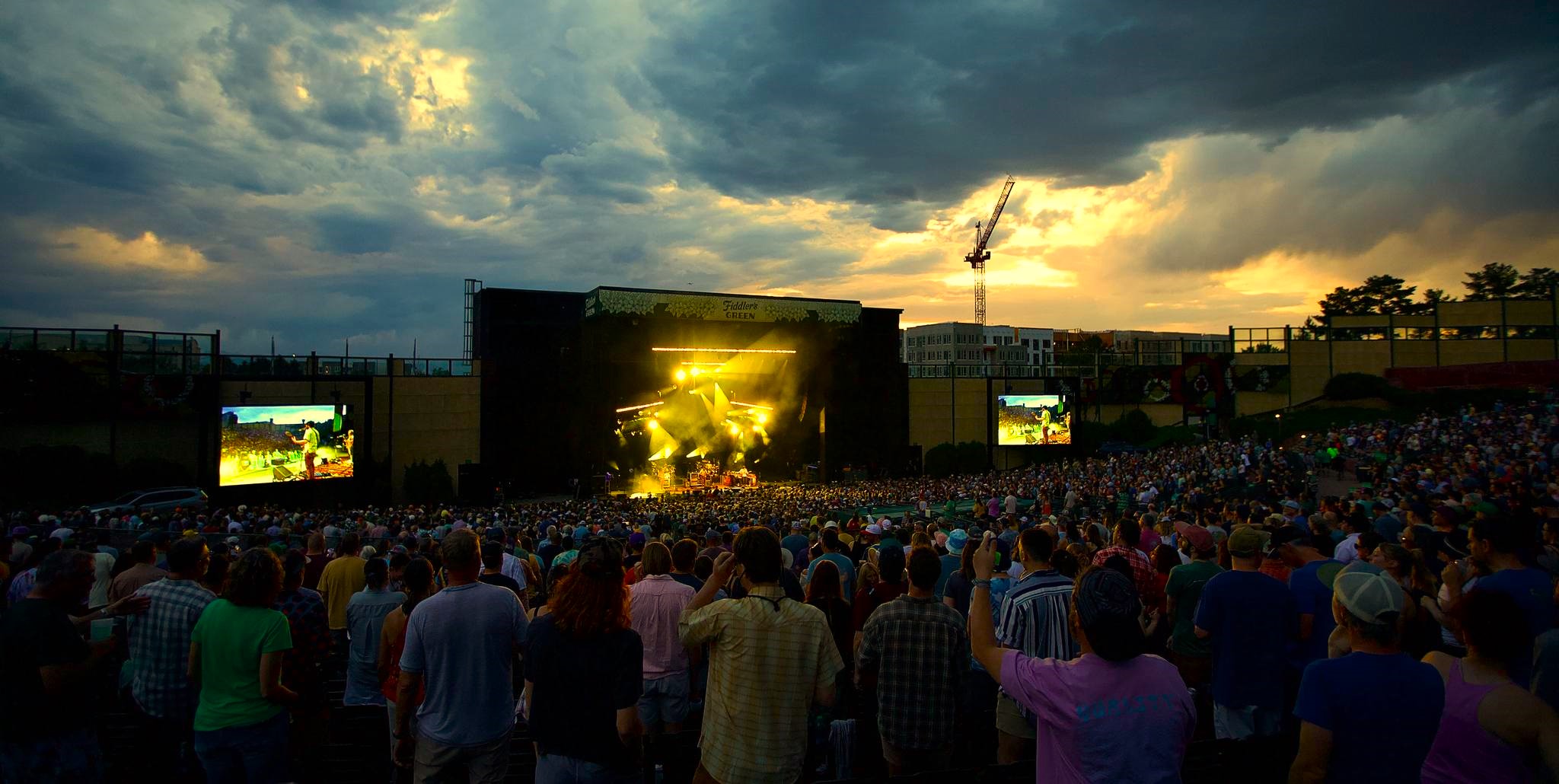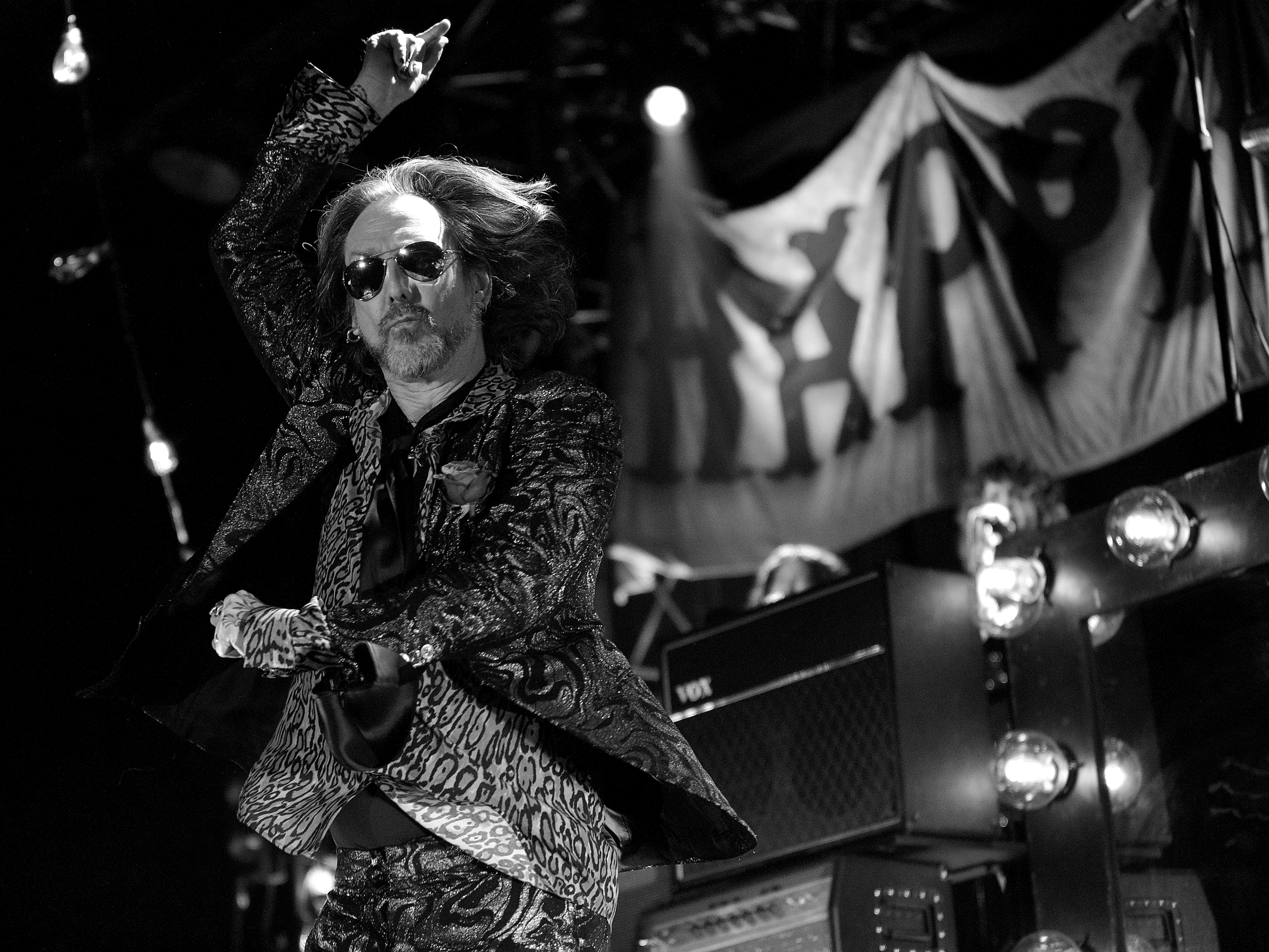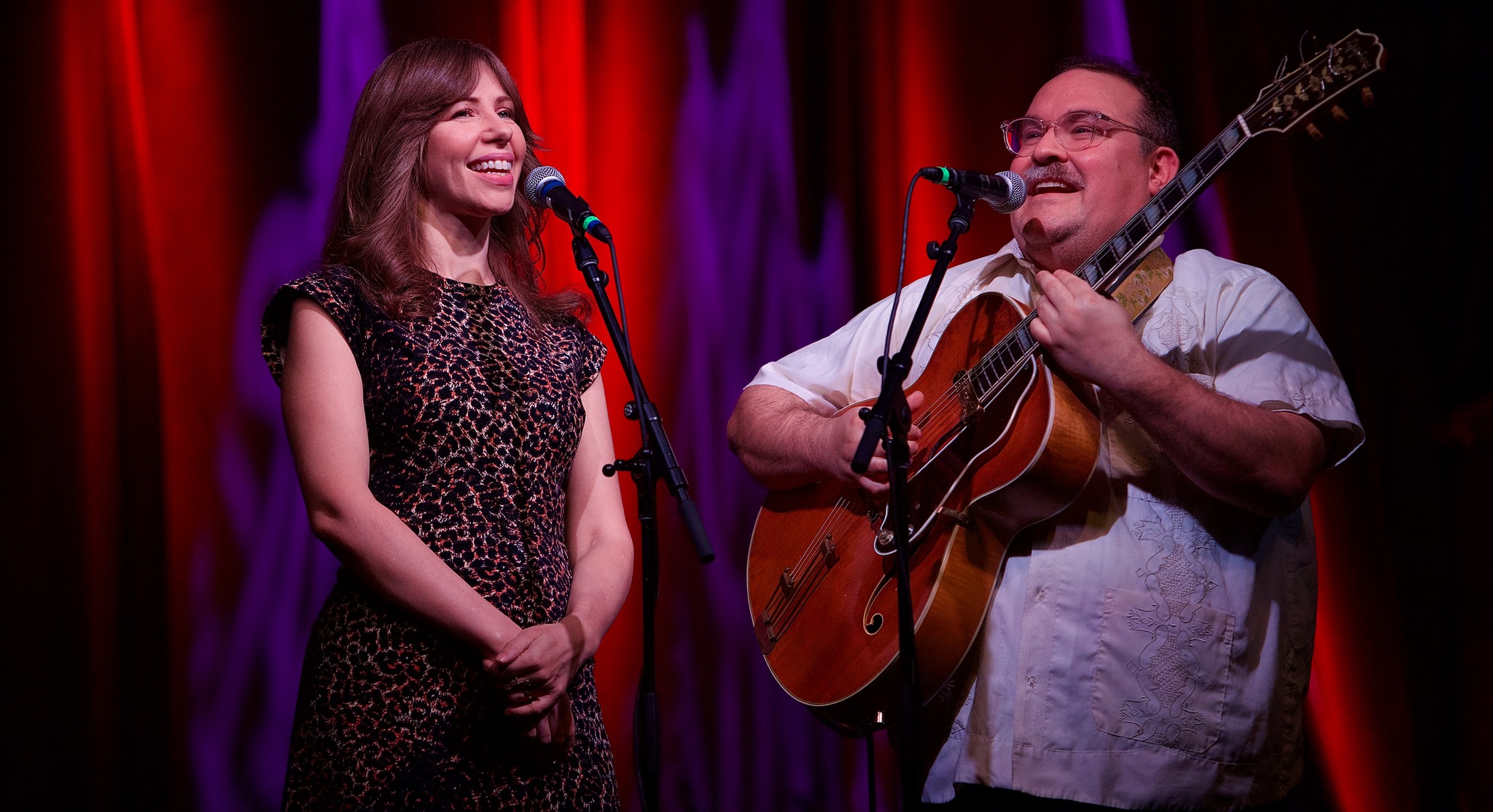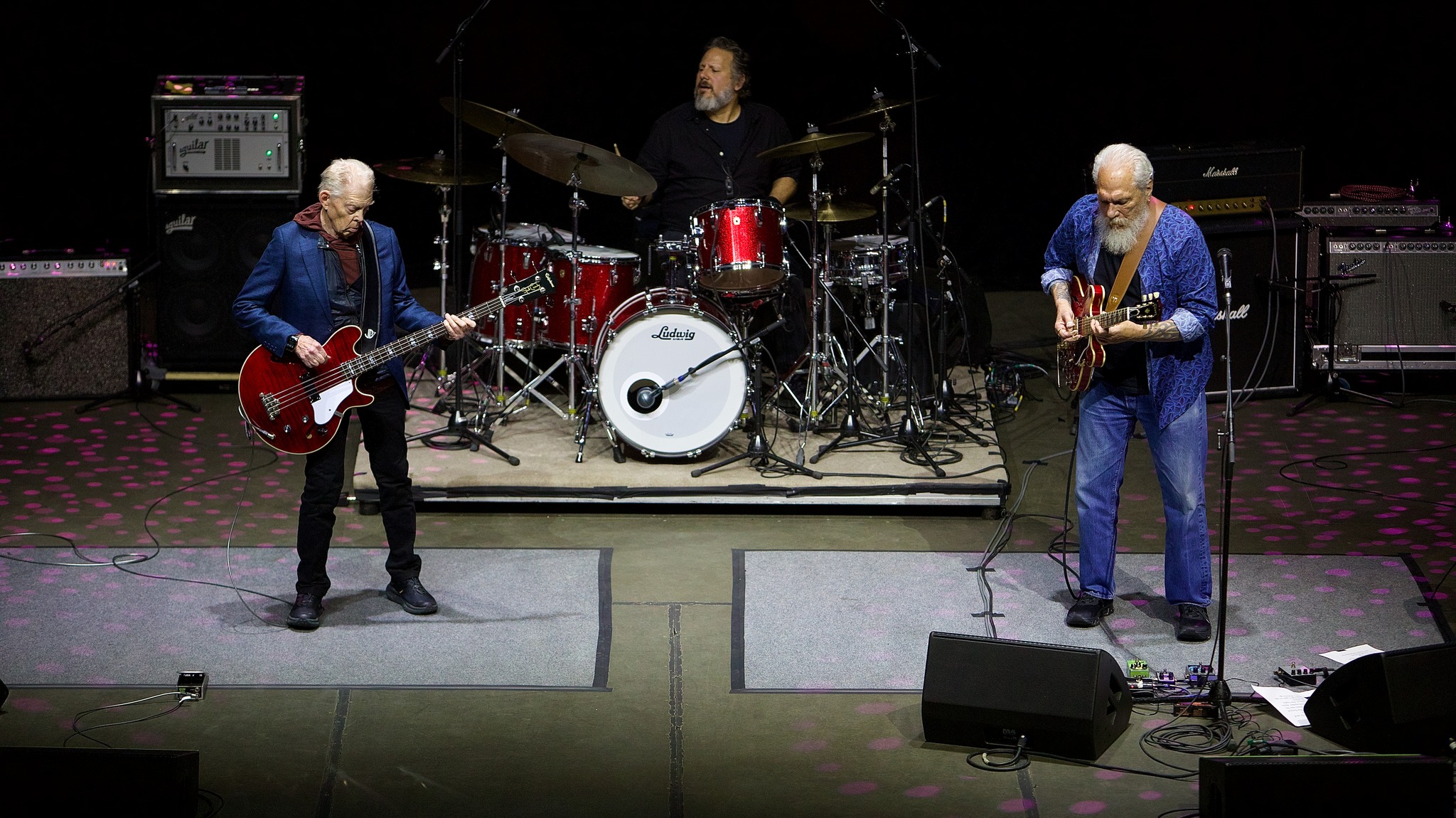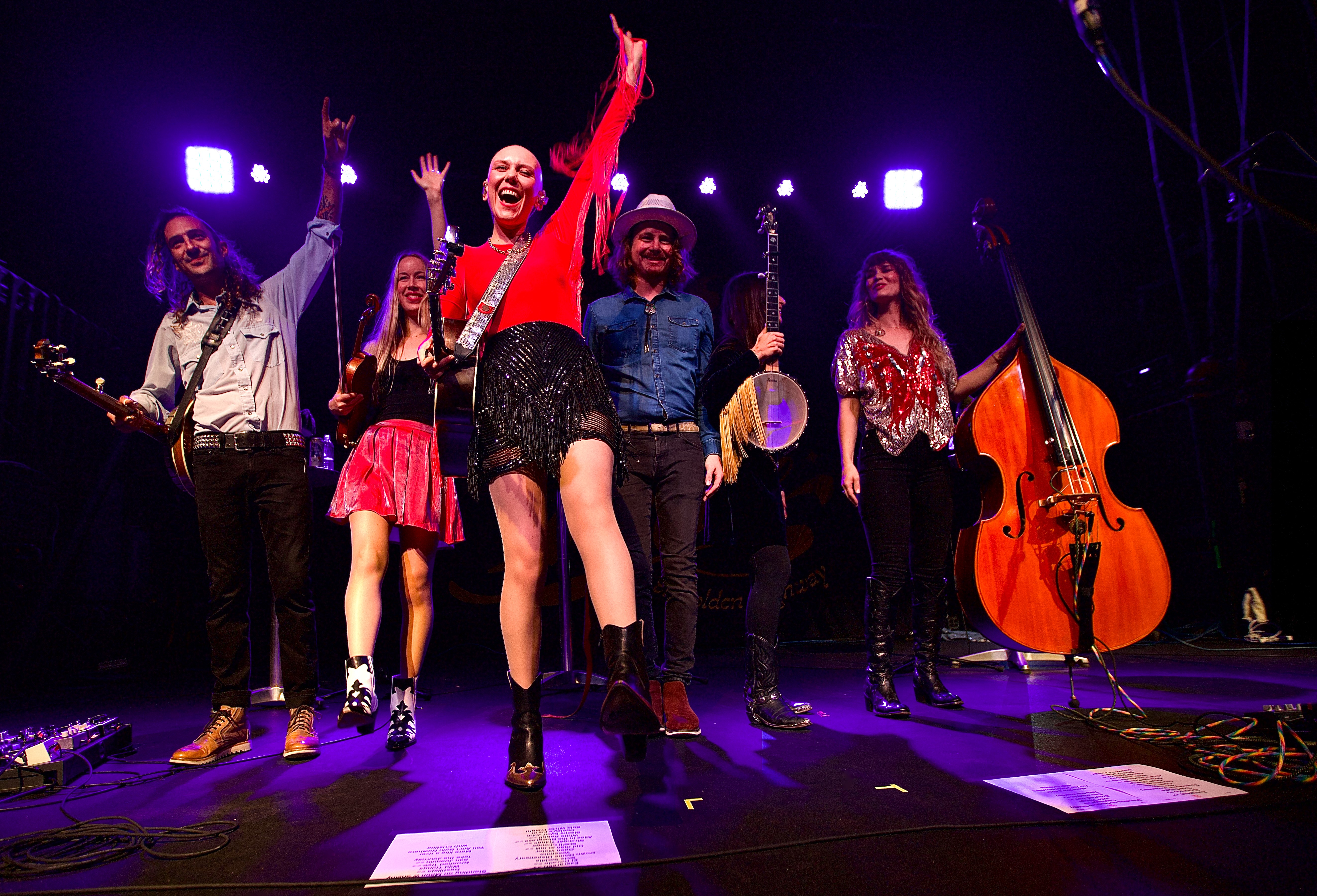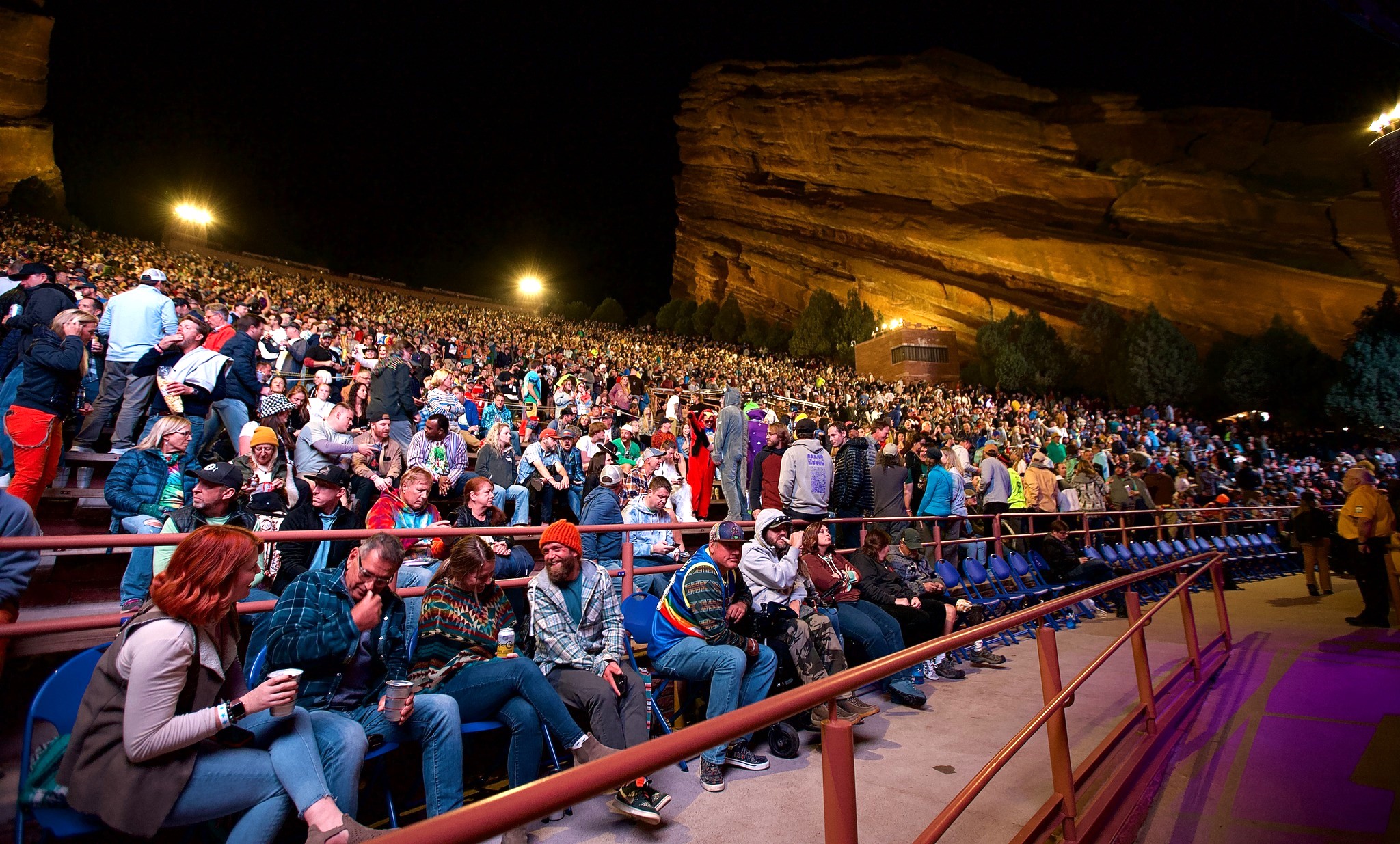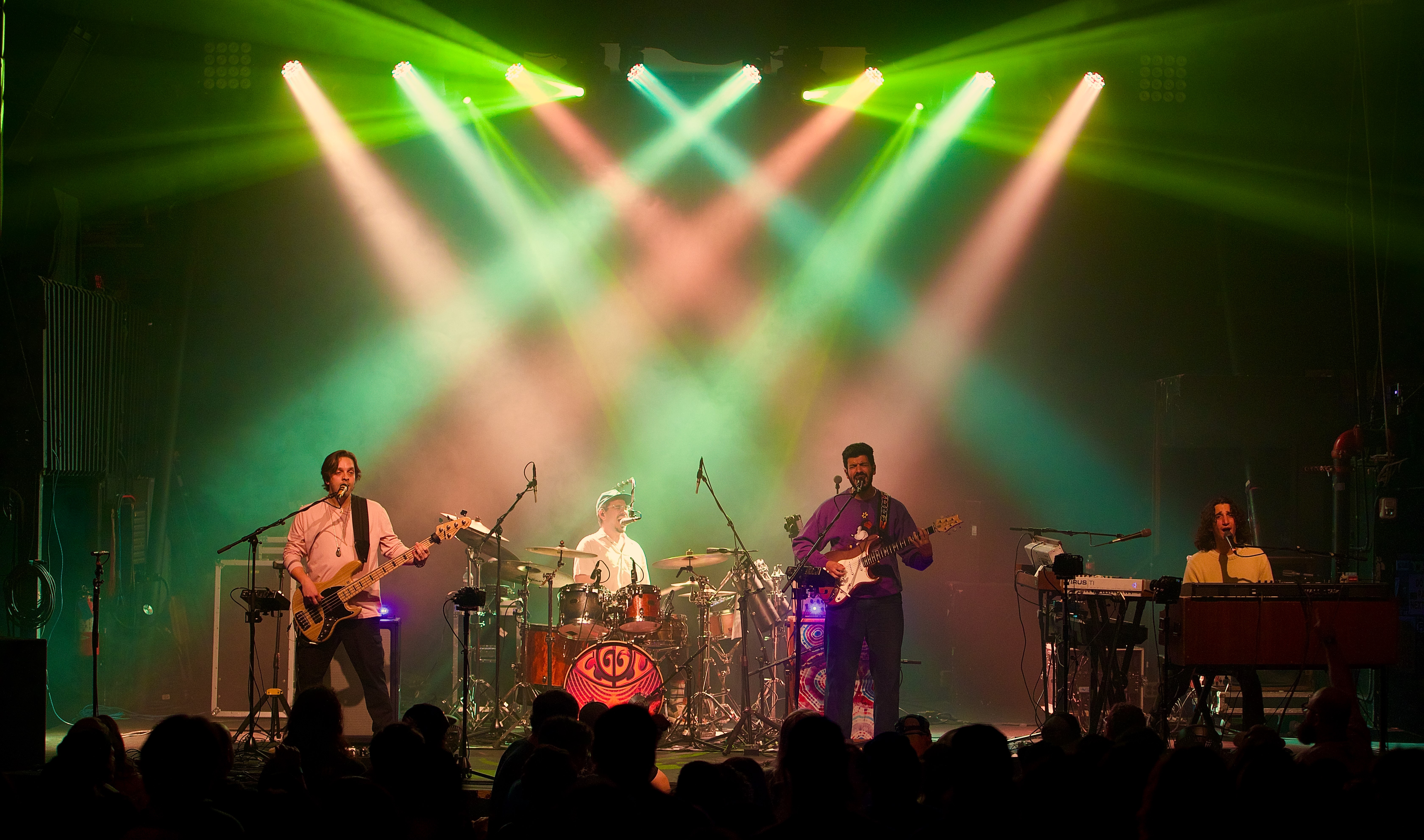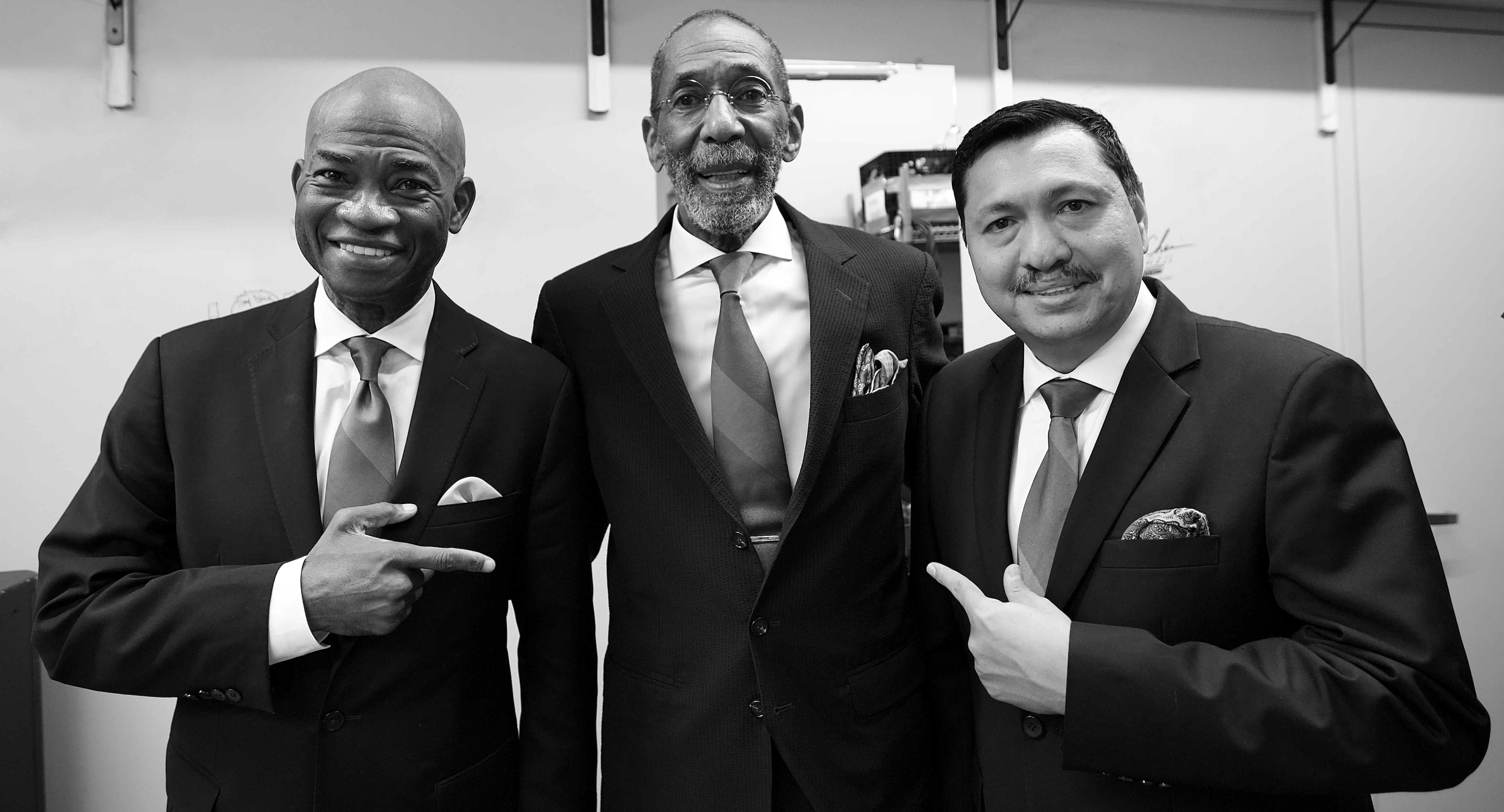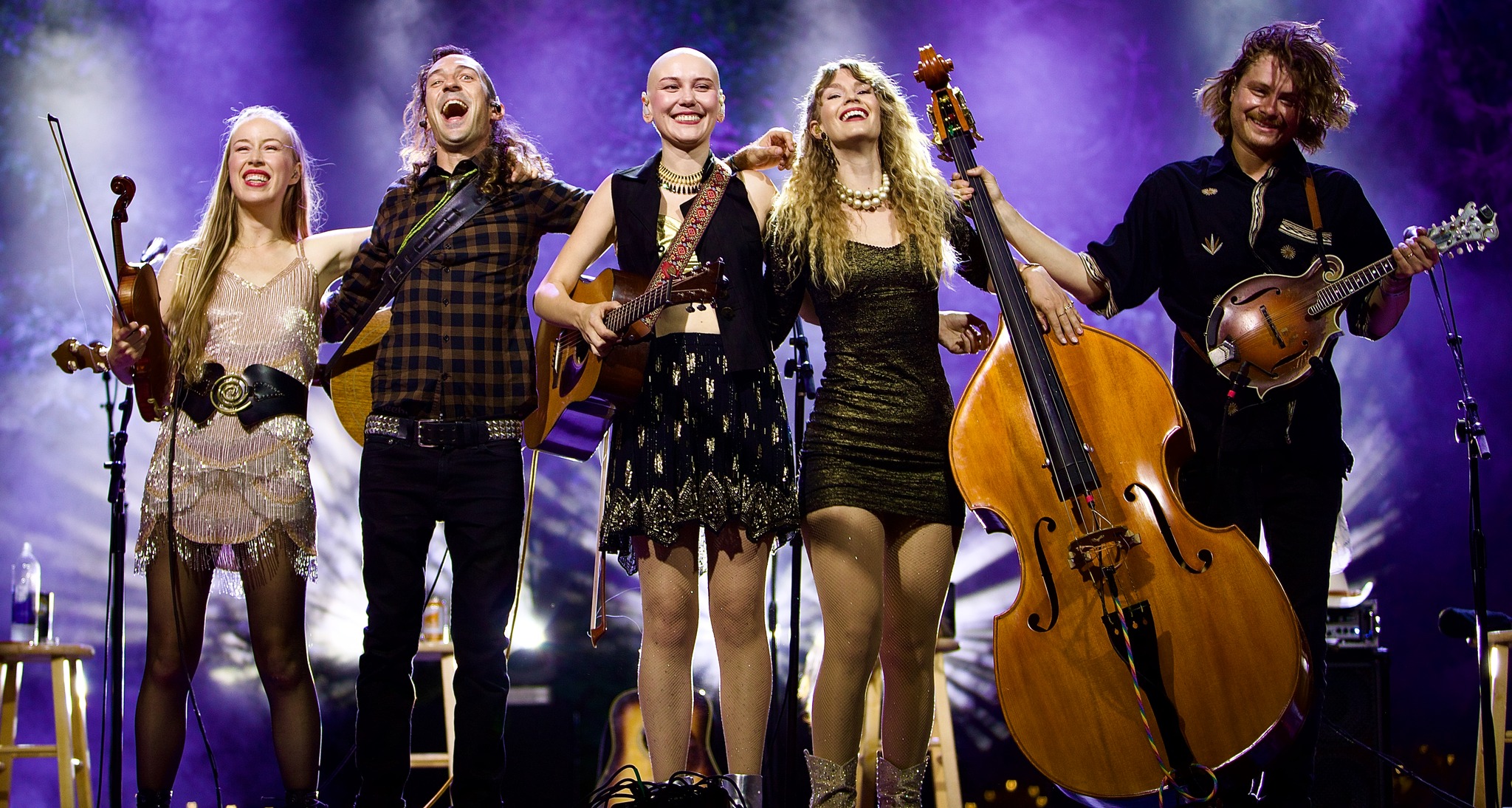With a few nights off and a first-time tour stop for the band, anticipation was high for Dead & Company’s performance in the Duke City, and Albuquerque’s Isleta Amphitheater was to play host to the night’s festivities. Being the smallest venue of the tour, it was surprising that by Wednesday, ticket sales had just barely reached 10,000, and the virtual secondary market was showing multiple signs of over-purchasing. The site location sits at the edge of the city and resides at the base of a desolate mesa, surrounded by sparse housing and sagebrush. Pulling into the venue, one might have guessed that they had taken a wrong turn and had been transported back for the 1978 Egypt shows, as dark clouds blew a brutal wind out of the east and turned up the loose topsoil, resulting in a Southwestern dust storm. Doors had been advertised to open at 6 p.m. with a show time of 7, but as fans, seeking shelter from the unobstructed parking lot made their way through blinding sand, adorned in sunglasses and face coverings, they were met at the gates by security who informed all that the show was being delayed due to the weather. As the delay pressed on, the crowd continued to amass and grow restless, as more announcements were disbursed, stating the possibility of cancellation might indeed happen. Half an hour past door time, the faithful were finally given a sign of hope, as the sound check could be heard from the obscured and sheltered stage. This seemed to shift attitudes in the line that now extended from the security gate back to the upper parking lots. With the weather in mind, guesses could be heard among the tie-dye masses of what the evening might hold, throwing out speculations including “Easy Wind”, “Looks Like Rain”, “Black-Throated Wind”, and the like. Doors finally opened at 7:15 with sighs of relief and smiling faces as the rainbow gang entered the grounds.
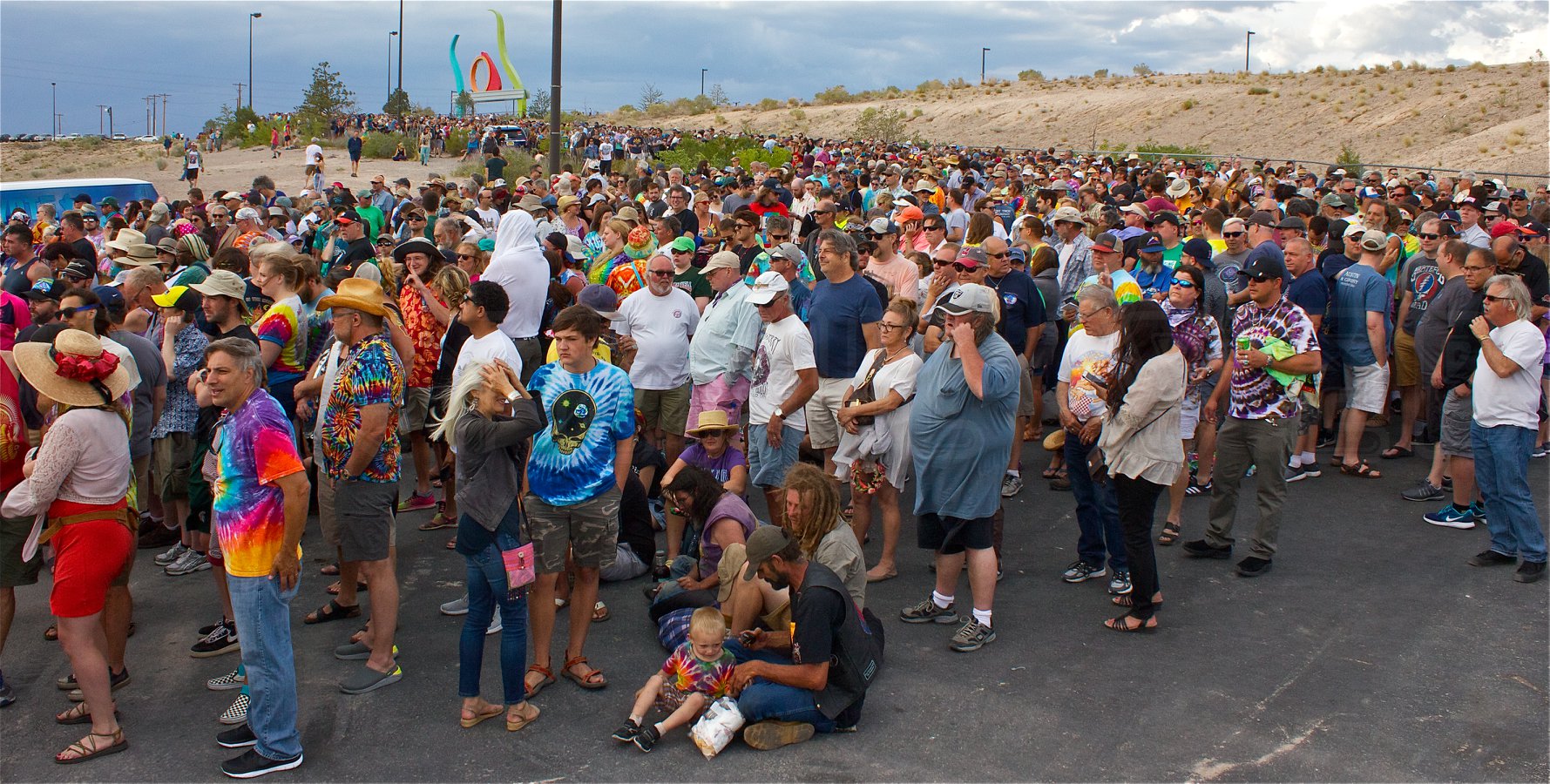
The band took the stage just at a quarter to eight, and from the opener choice, it was clear that the band wanted to bridge the delay and anxiety with place recognition and familiarity. As the Rio Grande River sits only a few miles from the venue, the opening chords of “Mississippi Half-Step” was met with raucous applause from the receptive crowd and showed not only agreement with the selection, but that the audience was ready to revel in whatever the band had in store. The apex came in the song’s ending, with the crowd singing in unison the “Across the Rio Grand-eo” stanza and it was easy to see that both the band and fans had reconciled the distress of the afternoon, as smiles were exchanged from both sides of the stage. “Crazy Fingers” followed and continued to soothe the windburn with its lilting turns and watery progressions, as people swayed smiling and under closed lid. “Dire Wolf” was met with exuberance, and although some have complained about its slowed tempo, it came off with a rich, ragtime feeling that had everyone singing along and produced grinning exchanges between Mayer and Chimenti. Appropriately coupled, “Big River” continued the river reference and the good old get down and saw the energy level taken up a step. “They Loved Each Other” chugged along and warmed hearts as the evening sing-along continued. This version clocked in at over twelve minutes and nary a note was wasted on this anthem of positivity. “West L.A. Fadeaway” continued the theme of lengthy mid-set tunes timing out at fourteen minutes. Differing significantly from the days of Jerry, this bluesy number has picked up added measures of instrumentation between lyrical lines, offering showcases of each players’ prowess without pressure. It has been said that playing slow is often more difficult than playing in a quicker meter and bears the potential for more error to the intent listener. This aspect certainly seemed to keep the band in the moment, focused on the present note and not the future, which paid off with a syrupy version that was thick, dark, and sweet like molasses on a cool night. One surprise that no one, including the band, saw coming was mid-way through the song when a rather large, great-horned owl swooped out of the rafters above the lighting rig and over the pit before turning south and disappearing into the sunset sky.
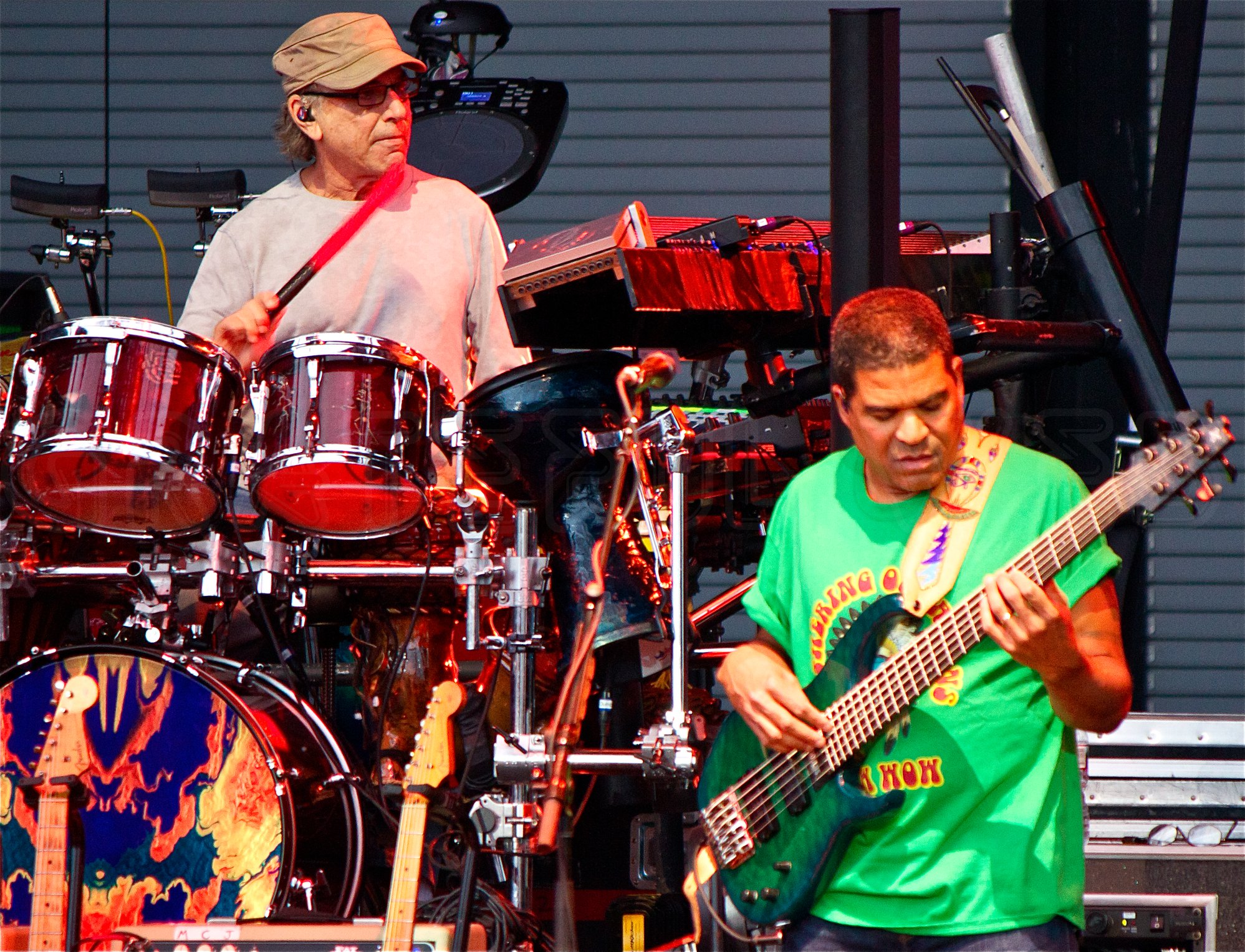
The closer of the set was a pairing of “The Music Never Stopped” and “Easy Answers”. While the first piece got people dancing and visibly excited, the second saw many taking the opportunity to make for concessions and restrooms before the lines grew. “Music” contained some great interplay and the transition between the two tunes was energetic. “Easy Answers” is somewhat of a hard song to ingest. It seems that every time a band member takes an elevating solo, the listener is hit with more lyrics at its end, leaving no room for the audience to demonstrate appreciation for the completed task. This attribute appeared to cause some momentum loss. There also seemed to be some anticipation that the band would return to the ending of “Music” for one last climb before break, but alas, it did not happen, and Weir informed the crowd,” We’ll be back in just a little bit.”
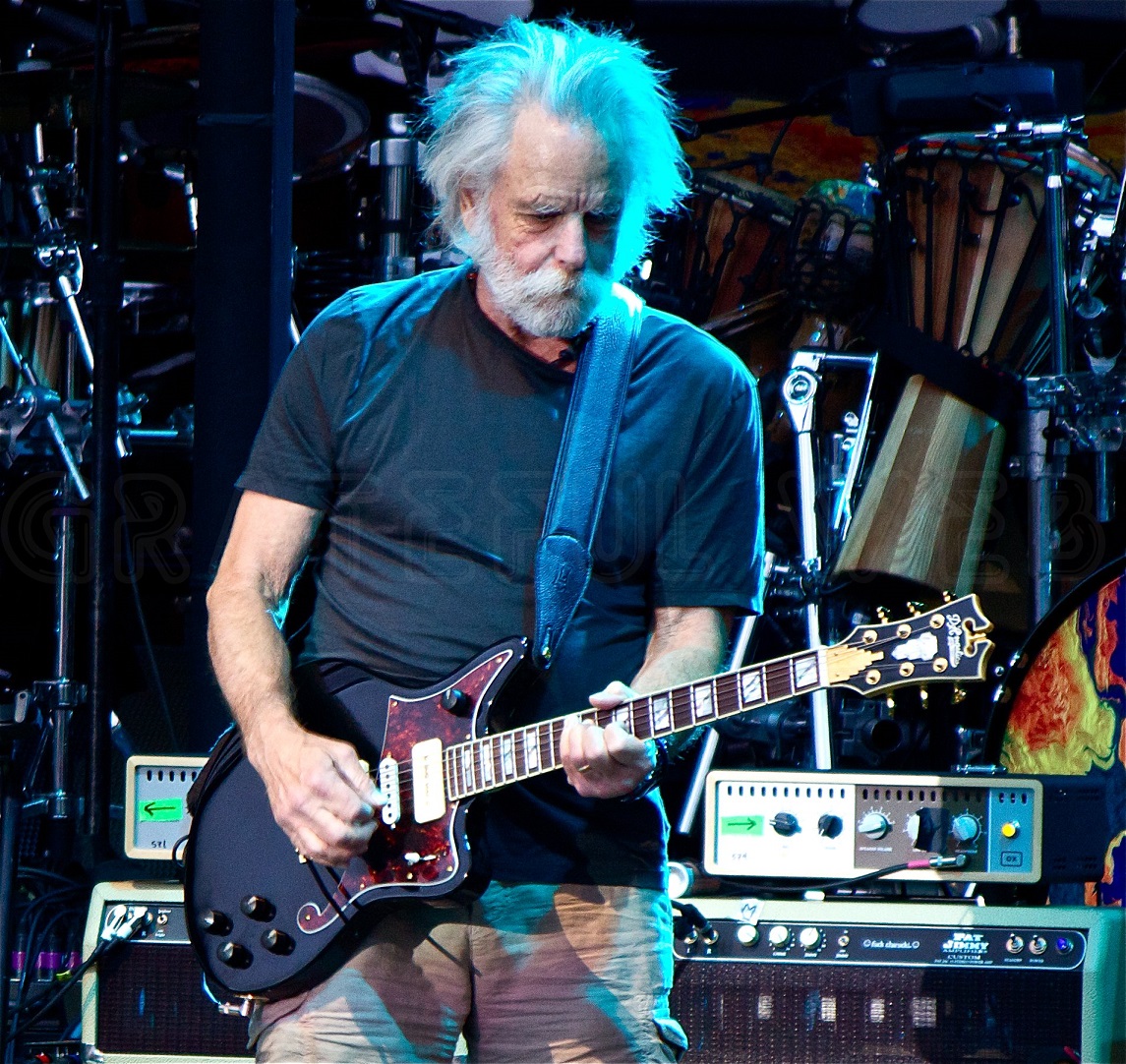
Set break offered the first chance for many to realize how full the amphitheater had become, leaving many to wonder where the throngs had come from. The lawn by this point was about three-quarters full, and most of the reserved seats were occupied. Any remnants of the gusty afternoon had all but faded, as the clear, calm sky covered the venue in a tapestry of twinkling stars. The temperature could not have been better settling in at what felt like somewhere in the mid-70s.

A mere thirty minutes later, the band walked back out on the stage. Mayer set the tempo and counted off “Here Comes Sunshine” to open. It seemed obvious that this was yet another weather selection alluding to the events of the day and where we had come in perfect juxtaposition. It was performed well, both in vocals and playing, and included a small, but tight jam before its end. Up next came “Uncle John’s Band” with its personal lyrics and comforting score, a fan favorite for both these attributes, which drew the crowd in for their customary contribution of vocal accompaniment. As the lyrics drew to a close, the first spark of improvisation took hold with the enrapturing segment of the tune, taking the audience out to the edge for some eight minutes before returning for the final stanza. For the evening’s ballad, Weir strapped on his acoustic and led the crowd and band on a romantic journey of lovers with “Looks Like Rain”. The powerful soul of the tune was only surpassed by the crescendo of the piece as a fiery barrage of emotional notes from Mayer, bass bombs from Burbidge, Chimenti’s tickling keys, and percussive rounds from Kreutzman and Hart, fueled Weir as he called out “Here it come again” in the truest of Bobby fashions. Almost without a breath at its ending, the band dropped directly into a no-nonsense version of “Help On The Way”. By the time band broke into “Slipknot!”, the juggernaut was firing on all cylinders, the drummers grounding a tom-heavy foundation, tribal and deep, as the strings prepared to communicate with the cosmos, evolving ever further into the unknown. Returning to earth, the warm welcome of “Franklin’s Tower” and its simple progression painted smiles on every face and put dancing shoes on every foot in the house. The “Drumz > Space” segment offered those who chose to forego the bathroom break opportunity a continued exploration into a cosmic resetting of the soul. For this show at least, the focus of this portion seemed targeted at the embrace of sonic improvisation, rather than the jarring roller coaster of “passing the acid test” from days of old. Turning out of space came a sweet and smooth version of “The Wheel”. With its gentle cadence, the tune progressed in natural form. At one point, the band upped the tempo, and there seemed to be hints of “Mind Left Body Jam”, but unfortunately it didn’t go further than a few measures. The calypso ending showcased some great interplay between Mayer and Chimenti, as the two bobbed and smiled at each other over the grand piano. As anyone knows, a Dead show with a Dylan tune somehow makes it a little more special, and on this night everyone was treated to one of the best: “A Hard Rain’s A-Gonna Fall”. The tune itself is moving, but what makes it more impressive is Weir’s ability to remember all the lyrics, in order, while playing, not to mention the enthusiasm with which he delivers the message. On this night, everyone took notice, and Weir reflected, smiling often into the first few rows of the pit as the faithful sang on. With plenty of gas still in the tank, the band took the audience out for one more sing-along before the night was over and appropriately chose “Good Lovin’” to end the date. Anyone who had been sitting now found themselves back up dancing, singing, and waving their hands in the air. Weir even timed one of his “Good Lovin’ shout outs” so that everyone except the band would call out “Good Lovin’”, further widening the grins on the faces and hearts of everyone in that venue. The final tune of the evening was “Johnny B. Goode” and sent the audience out into the parking lot with a pep in their step, where a vibrant shakedown street in full swing continued the celebration.

Although some tunes have been slowed down, the new arrangements, both in musicality and lyric, offer much more space for the band members to enjoy engaging each other. Through this dynamic, the band, albeit touring for the fans, comes across as genuinely enjoying sharing in the music and their own company. There appears to be no pecking order, and everyone is given the chance to shine, which is how it should be when you are playing with the best. This concerted effort seems also to create a focus of continuity for both the band and the audience, as little conversation or distraction was observed throughout the show. Also of note was the change in stage lineup, where Mayer was coupled to Chimenti rather than his usual place next to Burbidge. According to a post by Burbidge’s wife, Weir wanted him on his side “so they could connect better”. Regardless of the reasoning, the change certainly seemed to bring much joy to the new duo, as Mayer was often seen stepping to the keys to drive and encourage the exchanges with Chimenti that powered much of the improvisation throughout the night. Overall, this band continues to get better with each tour, with palpable enthusiasm for the music, fueled by each member. It is clear that this is no nostalgia act and that the heart that is poured out with every stop is genuine. The crowd in large continues to play its timeless role as counterpart to the band, singing along and offering gratitude for the auditory treasures bestowed upon them. If anything is to stop this band, it will be age, but even in the end of existence, the band and the music will continue to play on.
